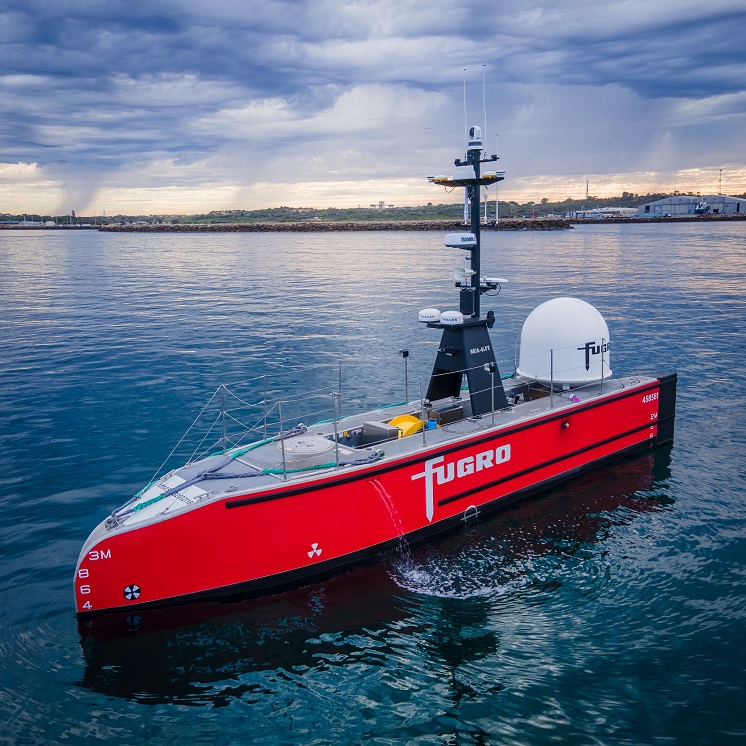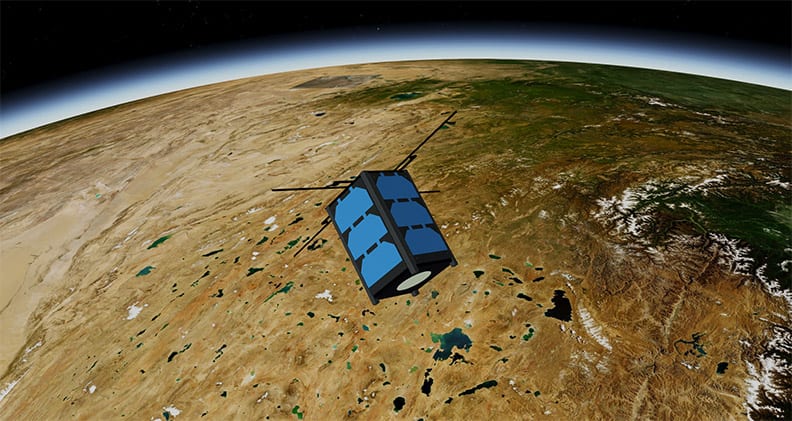How do companies effectively and efficiently ramp up decarbonisation efforts, beyond the low-hanging fruit of deploying renewable energy?

Decarbonisation is the greatest challenge facing humanity in the 21st Century. To slow and reverse the effects of climate change we must collaborate to find solutions to the complex problems impacting the planet.
But how do companies effectively and efficiently ramp up decarbonisation efforts, beyond the low-hanging fruit of deploying renewable energy?
The Space sector’s systems engineering approach to innovation and technology development holds the key to many of the greatest challenges we face on Earth.
Space systems engineering requires multiple disciplines to work together as a unified team, all focussed on a single problem or mission statement. From here the best solutions are developed and delivered.
A core objective of remote operations collaborator AROSE (Australian Remote Operations in Space and on Earth) is to uncover and widen the application of Space capability across on-Earth industries. This approach is helping some of AROSE’s founding members to deliver on their sustainability and decarbonisation outcomes.
Australia’s leading gas producer Woodside Energy is pivoting to a decarbonised business model. It has also recognised the significance of Space methods and technology as an accelerating force to help drive this change.
One important Woodside collaboration is with the US Space agency NASA. Woodside and NASA recognise the mutual benefits of working closely together on robotics and remote operations.

NASA sees Woodside as a great test bed of robotics in harsh environments. Woodside is doing similar tasks at its operations which NASA envisages doing on the Moon and Mars.
In addition, Woodside has signed a Statement of Strategic Intent and Cooperation with the Australian Space Agency. The collaboration aims to enhance the capability and competitiveness of Australian industry and promote technology transfer between the Space sector and the energy sector.[1]
These initiatives are helping Woodside reach its greenhouse gas emissions reduction targets, including a 15% reduction by 2025 and 30% by 2030, towards its aspiration to achieve net zero by 2050 or sooner.[2]
On its path to net zero, Woodside is investing $5 billion in new energy products and lower-carbon services.[3]
Global geo-data specialist Fugro is combining advanced remote operations capability with satellite communications and imagery to transform its ocean-going fleet of survey vessels.
With satellite communications as the enabler, supported by remote operations technology and infrastructure, Fugro deployed the first commercial semi-autonomous un-crewed vessel in the offshore energy sector.
Now Fugro is spearheading creation of the world’s most ambitious uncrewed fleet for subsea inspection, offshore construction support, and hydrographic and geophysical surveys.
According to Fugro this has led to less vessels operating at a more productive rate, and a 90% reduction in CO2 compared to crewed vessels.[4]
In 2021, Fugro used its first uncrewed surface vessel, the 12-metre Fugro Maali, to complete an entirely remote nearshore inspection of three gas trunklines for Woodside’s North West Shelf Project.
Fugro’s remotely operated inspection program led to a 97% reduction in CO2 through lower fossil fuel use. It improved HSSE outcomes by lowering offshore staff hours and enabled a more diverse workforce on the project.[5]
Enhanced satellite imagery is also helping us better understand and reduce human impacts on the environment, from flood and fire identification and mitigation to better water and mineral resource management.
Curtin University is leading the way in Australia with the Binar cube satellite program.
The first of seven contracted CubeSats, Binar-1 was launched from Cape Canaveral, Florida on a SpaceX rocket in August 2021, then deployed from the International Space Station.
The Binar missions will allow us to see our home from a whole new perspective, greatly enhancing our understanding of Australia’s geophysical environment. This will lead to greater insights and better decision making across diverse areas such as mine site design, fire and flood mitigation, and infrastructure development.[6]
Space innovations are helping decarbonise our most energy intensive industries including marine, rail and road transport, heavy industry and food production.
Through the deployment of remote operations capability, and by adopting a Space system engineering approach to problem solving, our journey towards net zero carbon emissions is well underway.
David Flanagan AM CitWA is the Chair of AROSE. He is also Chair of Battery Minerals Limited and Red Dirt Metals.
Sources
1. www.woodside.com/docs/default-source/media-releases/ceo-mr—26-mar-2019—woodside-to-collaborate-with-the-australian-space-agency.pdf?sfvrsn=1360fe69_3
2. https://www.woodside.com/sustainability/climate-change
3. https://www.woodside.com/what-we-do/new-energy
4. https://www.fugro.com/about-fugro/our-expertise/remote-and-autonomous-solutions/remote-and-autonomous-vessels
5. https://www.fugro.com/about-fugro/our-expertise/our-work/fugro-completes-first-remote-usv-inspection-for-woodside
6. https://news.curtin.edu.au/media-releases/was-first-homegrown-spacecraft-ready-for-take-off/